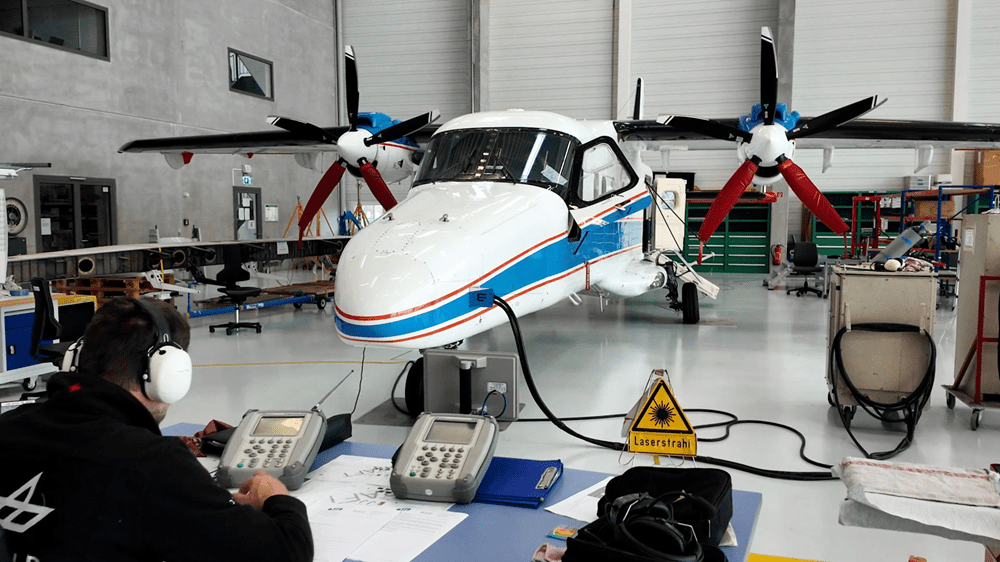Quantum computing researchers have achieved a significant milestone with the successful flight experiment of the QuNET initiative, marking a critical step forward in developing practical quantum communication networks. The experiment, carried out between Oberpfaffenhofen and Erlangen in Germany, demonstrated how photons can be sent from an aircraft to a ground station and measured accurately.
How an Aircraft Became a Mobile Quantum Network Node
The flight experiment took place on October 10, 2025, as part of the QuNET initiative, which aims to develop technologies for quantum-secure communication. The project was led by researchers from the German Aerospace Center (DLR), the Max Planck Institute for the Science of Light (MPL), Friedrich Alexander University Erlangen (FAU), and several Fraunhofer institutes. The experiment involved using a DLR research aircraft, equipped with an optical communication terminal, to form a mobile node in a quantum network.
Sending Photons from Flight to Ground: The Breakthrough
One of the key challenges in this experiment was sending individual photons from an aircraft to a ground station and capturing them accurately. The researchers faced numerous technical hurdles, including atmospheric interference and the need for precise timing. However, they successfully demonstrated that it is possible to send photons over short distances using an aircraft as a mobile node.
The experiment involved several flights over Erlangen, with the researchers measuring various quantum channels between the aircraft and ground station. These measurements were crucial for testing technologies used in quantum key distribution, which involves generating secure cryptographic keys that make future communication practically tap-proof.
Quantum Key Distribution Tested in Real-World Conditions
Quantum key distribution is particularly important for communication between governments and authorities, but also for protecting infrastructure and data in everyday life. The researchers demonstrated the use of quantum encryption via satellite, which can transmit quantum states over long distances and generate secure keys.
The experiment involved sending photons to an ion trap on the ground, where they were measured using a special tracking system developed by Fraunhofer IOF. Adaptive optics, also developed in Jena, played a crucial role in ensuring that the connection between the aircraft and ground station remained stable despite atmospheric turbulence and interference.
Why This Experiment Matters for Future Quantum Internet
The success of this experiment has significant implications for the development of a future quantum internet. By demonstrating the feasibility of sending photons from an aircraft to a ground station, researchers have taken a major step forward in creating a more robust and secure communication network.
Future applications could include connecting quantum computers with each other over long distances, providing practical solutions for satellite-based quantum communication, and enhancing security in various industries. The technologies developed during this experiment have the potential to revolutionize how we communicate and process information in the digital age.
The QuNET initiative continues to push the boundaries of what is possible in quantum computing and quantum communications. As researchers work towards more advanced technologies, the possibilities for practical applications in real-world scenarios become increasingly exciting.

